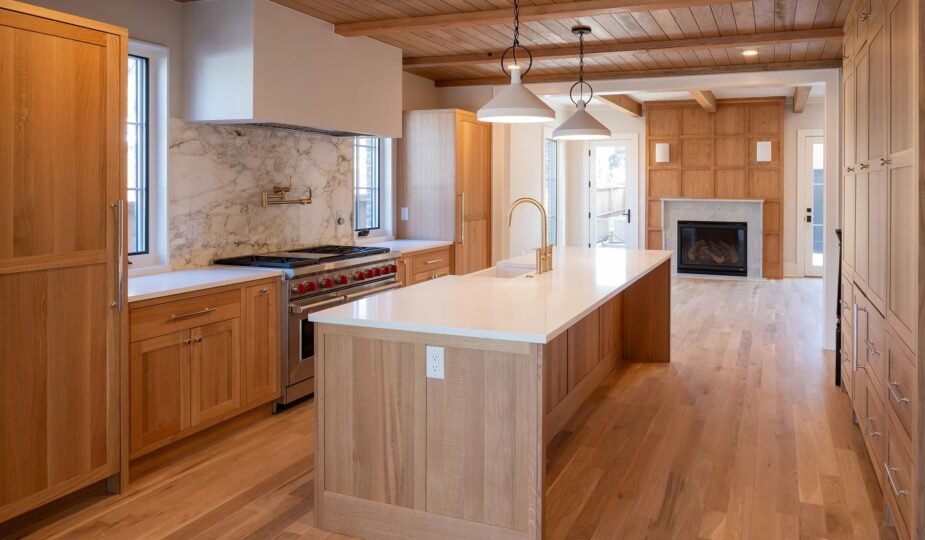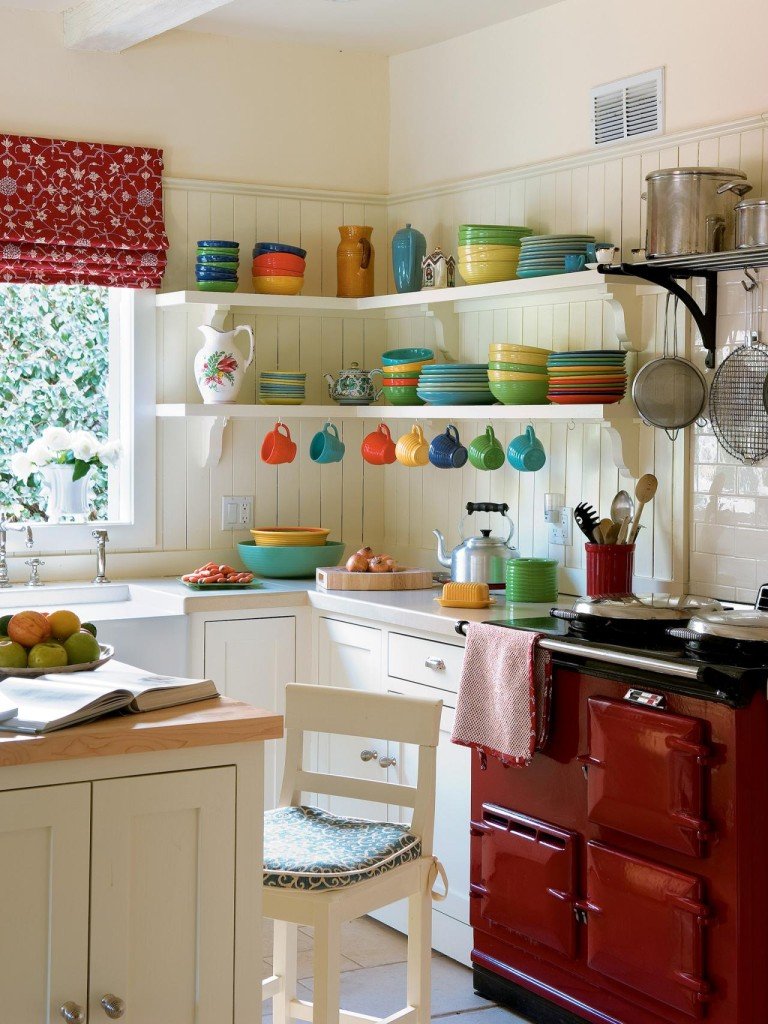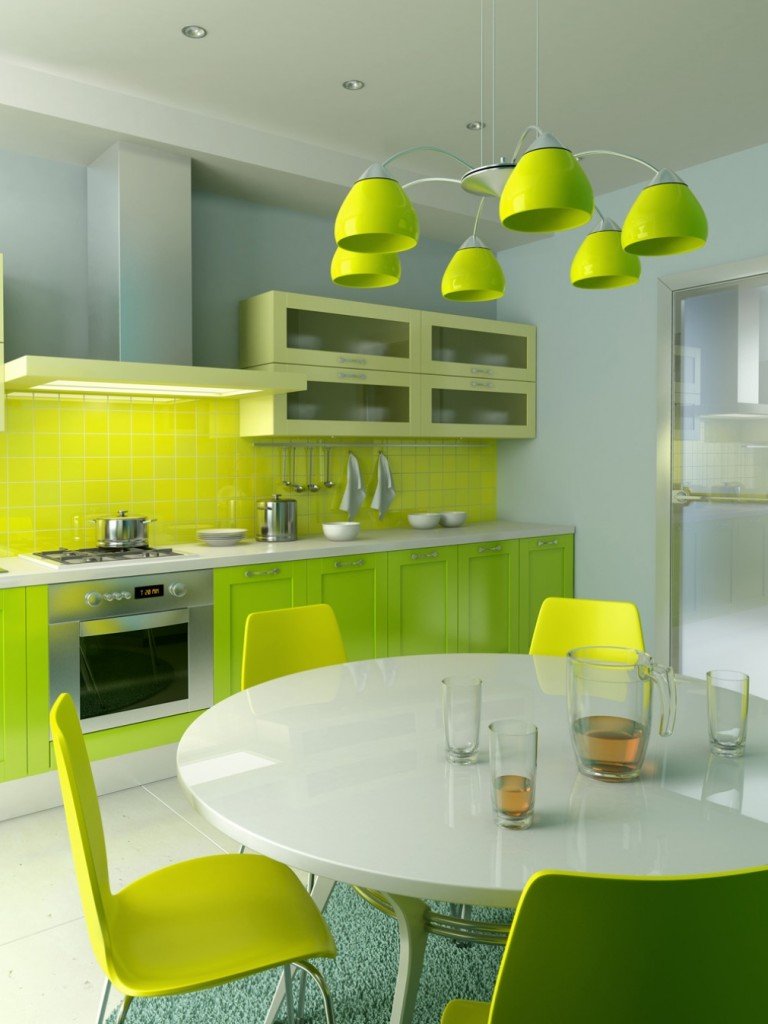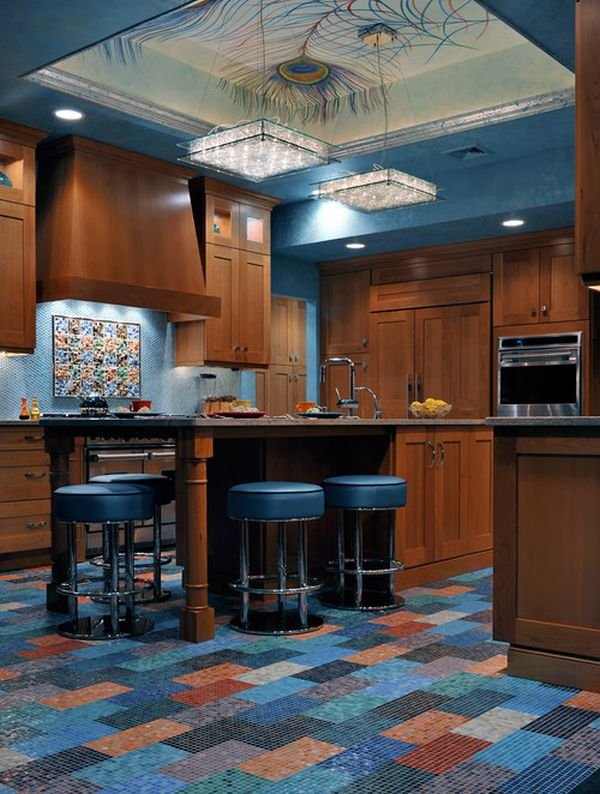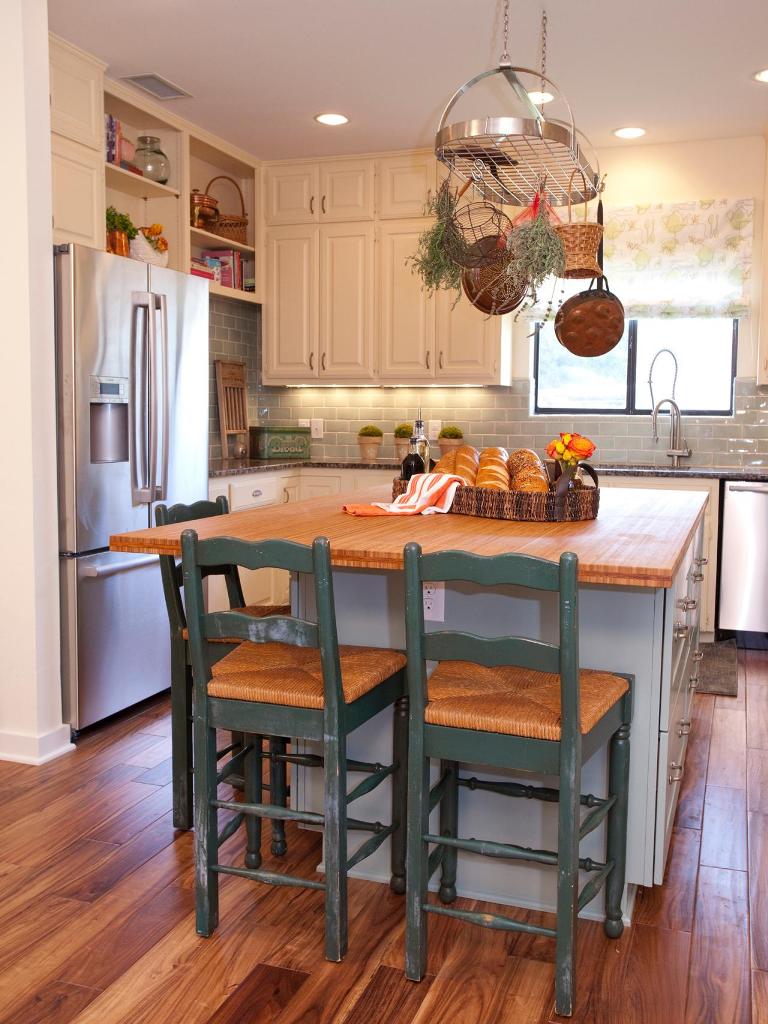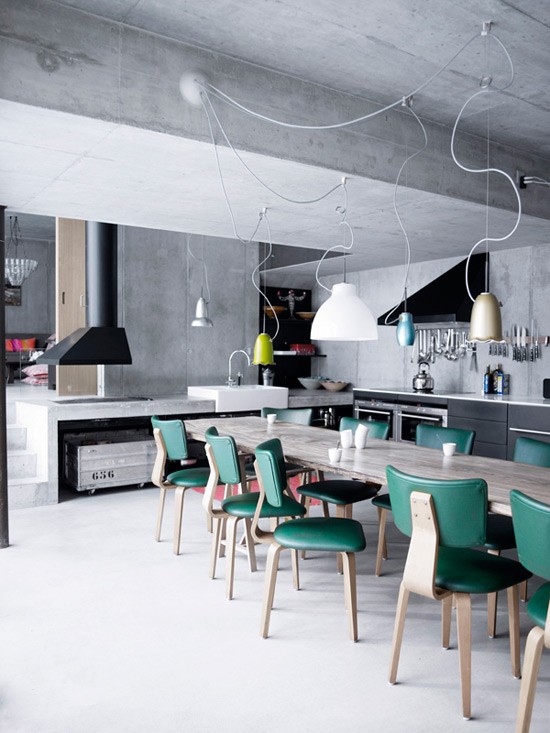Kitchen Ergonomics
Kitchens are more than just spaces for cooking; they are dynamic environments that demand efficiency and comfort. Central to this is the concept of kitchen ergonomics, which focuses on creating spaces that conform to the user’s needs. An essential aspect of this ergonomics is the height of kitchen countertops. The right height can significantly enhance comfort and efficiency in the kitchen, reducing the strain on the back and arms during food preparation and cooking.
Standard Countertop Heights

Typically, the standard height for kitchen countertops has been set at around 36 inches (91.44 cm). This measurement has been derived from average heights and ergonomic standards, providing a comfortable working surface for the majority of users. It’s a height that allows most people to work on the countertop without having to stoop down or reach up too high, which are postures that can lead to physical strain over time. InStone Granite & Marble Inc in Denver, a specialist in this field, also adheres to these standard measurements in countertop installations.
Factors Affecting Ideal Countertop Height
However, the ‘one-size-fits-all’ approach does not cater to everyone’s unique needs. The ideal countertop height can vary based on several personal factors. For instance, taller individuals might find a standard height countertop too low, leading to back pain, while shorter individuals might struggle with countertops that are too high. Additionally, specific tasks or cooking habits, like rolling dough or chopping vegetables, might require different heights for optimal comfort. It’s also crucial to consider the needs of individuals with physical limitations, such as wheelchair users, for whom standard height countertops might be entirely impractical.

Customizing Your Kitchen Countertops
To achieve the perfect balance of comfort and functionality, customization is key. During kitchen renovations or when planning a new kitchen, consider adjustable countertops or designing counters at varying heights to cater to different tasks and users. For example, a lower section could be more comfortable for tasks like kneading dough, while a slightly higher one could be ideal for chopping vegetables. In homes with diverse users, adjustable countertops offer a versatile solution, allowing the height to be altered according to the user’s needs. Not only do such ergonomic considerations add to the immediate comfort, but they also prevent long-term health issues related to posture.
In conclusion, while standard kitchen countertop heights cater to the general population, understanding and adjusting to individual needs can greatly enhance the ergonomic efficiency of a kitchen. A well-planned kitchen with height-customized countertops not only makes cooking and food preparation more enjoyable but also contributes to the overall well-being of its users.

